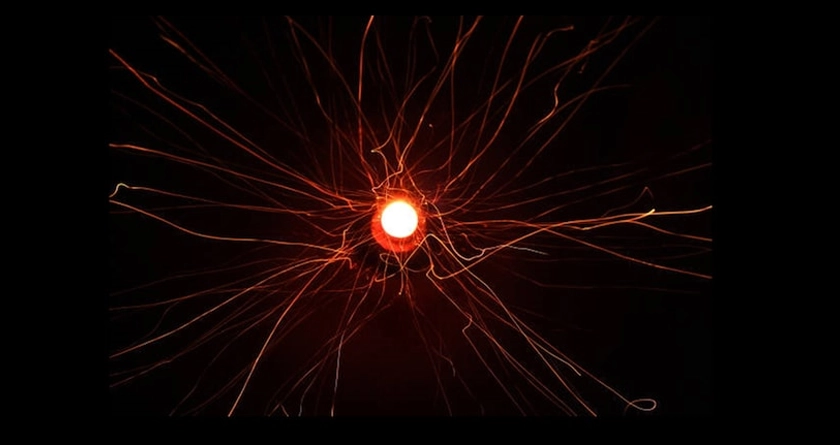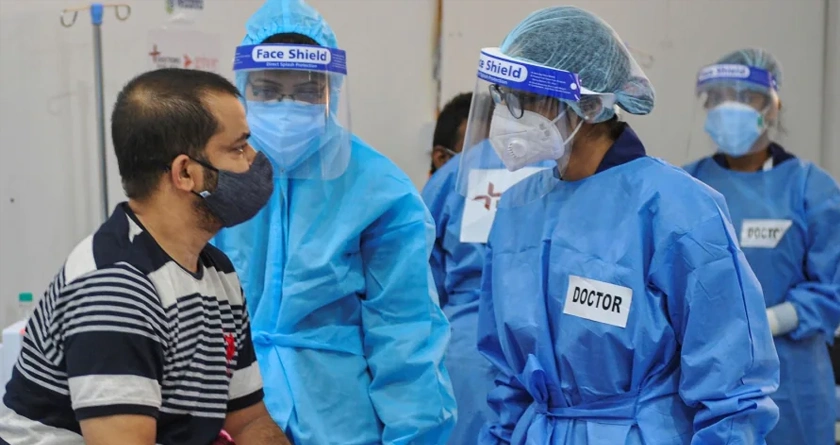
Far away from the earth, this 20-year experiment explores an invisible world living among us
Invisible world living among us. Know more…
Tuesday, 6th July 2021
The International Space Station (ISS) is a flying laboratory close to 250 miles from the Earth. It has witnessed astronauts coming and going, adding and removing new technologies, and surviving dangerous radiation. However, in the last two decades of its three-year service, one experiment has been silently working in weightlessness: the Plasma Crystall survey.
The experiment involves observing a world that lives and breathes among us, but beyond the visibility of our eyes. The focus of Plasma Crystall's (PK) research is to understand how materials are formed on the atomic scale.
This experiment goes beyond vision to understand some of the most unique phenomena on Earth, such as how objects melt, how waves form in fluids, and how currents change at the atomic level.
WHAT IS THE PLASMA CRYSTALL INVESTIGATION?
The Plasma Crystall Basic Science Research Kit is a Russian-European experiment that has been carried out on the International Space Station since March 3, 2001. The research seeks to understand how our world works on the atomic scale by injecting tiny dust particles into plasma, turning dust into charged particles. These charged particles bounce back to each other, and under proper conditions, dust particles can be organized to form organized structures or plasma crystals.
According to the European Space Agency (ESA), these particles are too small to be observed even with an electron microscope, so a laser beam is added to make the charged particles visible and recordable. By changing the parameters in the PK experiment, such as adjusting the voltage or using larger dust particles, different situations can be simulated.
Complex phenomena, such as phase transitions, such as the onset from a gas to a liquid, microscopic motion, turbulence, and shear forces, are well known in physics but are not fully understood at the atomic level. The PK4 research helps to understand some of these processes, including how planets form.
Also Read: Methane on Mars?
"At the time of its origin, our Earth can be two dust particles that met in space and grew and grew in our world. PK4 can simulate these moments of origin, just as they are in the planetary concept," said the THAT. statement.
WHY ON SPACE STATION?
The question one might think is, why is this research not being carried out on Earth? The answer is gravity.
According to ESA, the experiment cannot be performed on the ground, because gravity can only make inclined and flat recreational activities possible; If you want to see how the crystal is formed, you need to eliminate the pull-down.
However, conducting large-scale experiments over such a long period of time has its own set of problems: the transmission of data in the experiment. The data generated by the investigation is so large that the space agency has to send physical hard drives to retrieve the results of the investigation.
"Knowledge from the PK experiment can be directly applied to fusion physics research, which requires dust removal and electronic chip processing, such as plasma processing in the semiconductor and solar cell industries," the European Space Agency said.
The News Talkie Bureau
Source:
India Today











